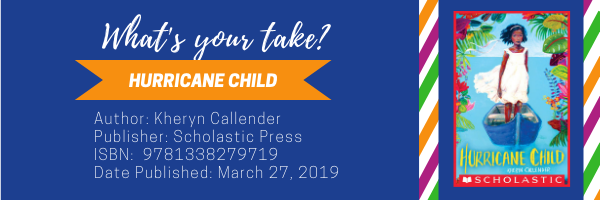by Janelle Mathis, University of North Texas
 As we realize, music has been part of mankind’s history since its beginning. The 2019 published books shared here reflect only a few of the ways it has been woven into lives but can encourage readers to seek instances across genre. Broadway is known as the place where music and story intersect in powerful ways and the voices of Broadway impact how these stories are told. A Is for Audra, written by John Robert Allman and illustrated by Peter Emmerich, informs readers about leading ladies who have performed through song, dance and drama on some of the world’s most important stages. With an A-to-Z format, this book celebrates women of Broadway and their noted roles. There have also been biographies of musicians during 2019 that reveal music’s significance in their lives and, thus, their impact in bringing varied music to others. Guitar Genius: How Les Paul Engineered the Solid-Body Electric Guitar and Rocked the World, written by Kim Tomsic and illustrated by Brett Helquist, speaks to invention as well as music. Elvis is King! by Jonah Winter relates details of Elvis’s life with 3-dimensional, hand-built and photographed illustrations by Red Nose Studio. Continue reading
As we realize, music has been part of mankind’s history since its beginning. The 2019 published books shared here reflect only a few of the ways it has been woven into lives but can encourage readers to seek instances across genre. Broadway is known as the place where music and story intersect in powerful ways and the voices of Broadway impact how these stories are told. A Is for Audra, written by John Robert Allman and illustrated by Peter Emmerich, informs readers about leading ladies who have performed through song, dance and drama on some of the world’s most important stages. With an A-to-Z format, this book celebrates women of Broadway and their noted roles. There have also been biographies of musicians during 2019 that reveal music’s significance in their lives and, thus, their impact in bringing varied music to others. Guitar Genius: How Les Paul Engineered the Solid-Body Electric Guitar and Rocked the World, written by Kim Tomsic and illustrated by Brett Helquist, speaks to invention as well as music. Elvis is King! by Jonah Winter relates details of Elvis’s life with 3-dimensional, hand-built and photographed illustrations by Red Nose Studio. Continue reading



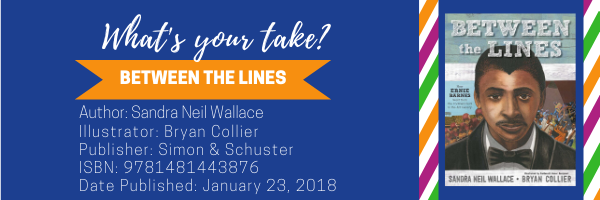
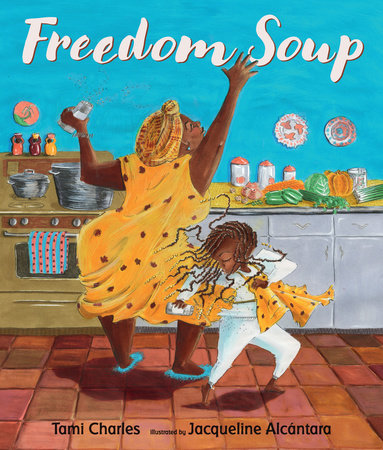
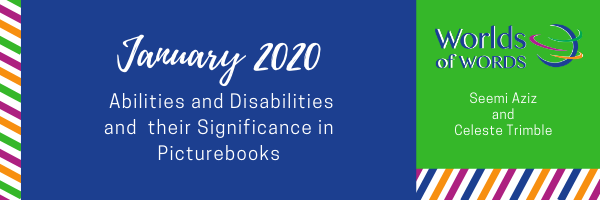
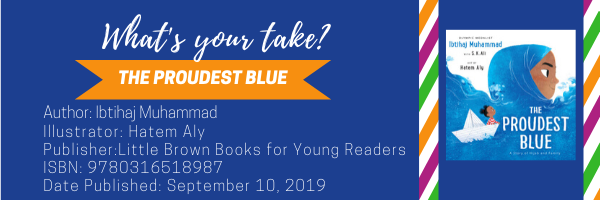
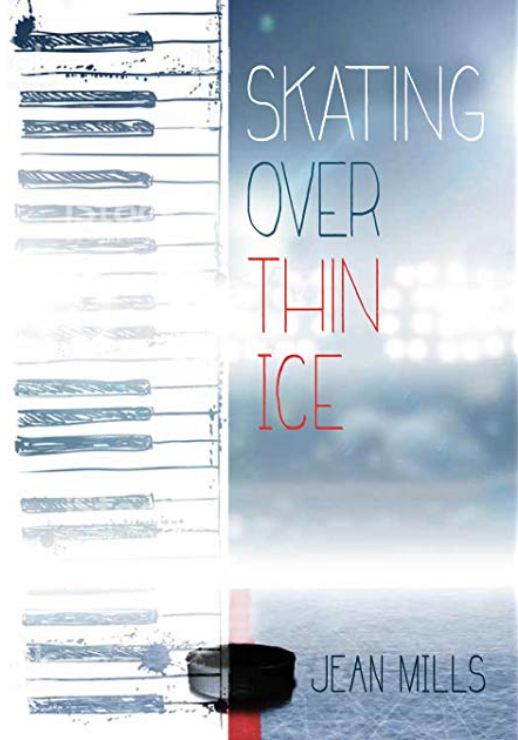 Music as a multimodal form of communication can be traced back to primitive societies where it served in many cultural roles, for example in religious rituals, healing processes or sharing societal ideologies. Throughout history, music has been an aesthetic engagement for both performers and listeners, a source of hopefulness and encouragement, as well as a cognitive practice. Music aligns with literature in that both enable us to share our stories (often with stories embedded in music), learn more about ourselves and others and comprehend the world around us as it supports the development of intercultural competencies. It is more recently acknowledged that music and literacy are processed through the same cognitive areas of the brain, pointing to an even closer connection between language and music (Mathis, 2019).
Music as a multimodal form of communication can be traced back to primitive societies where it served in many cultural roles, for example in religious rituals, healing processes or sharing societal ideologies. Throughout history, music has been an aesthetic engagement for both performers and listeners, a source of hopefulness and encouragement, as well as a cognitive practice. Music aligns with literature in that both enable us to share our stories (often with stories embedded in music), learn more about ourselves and others and comprehend the world around us as it supports the development of intercultural competencies. It is more recently acknowledged that music and literacy are processed through the same cognitive areas of the brain, pointing to an even closer connection between language and music (Mathis, 2019). 

